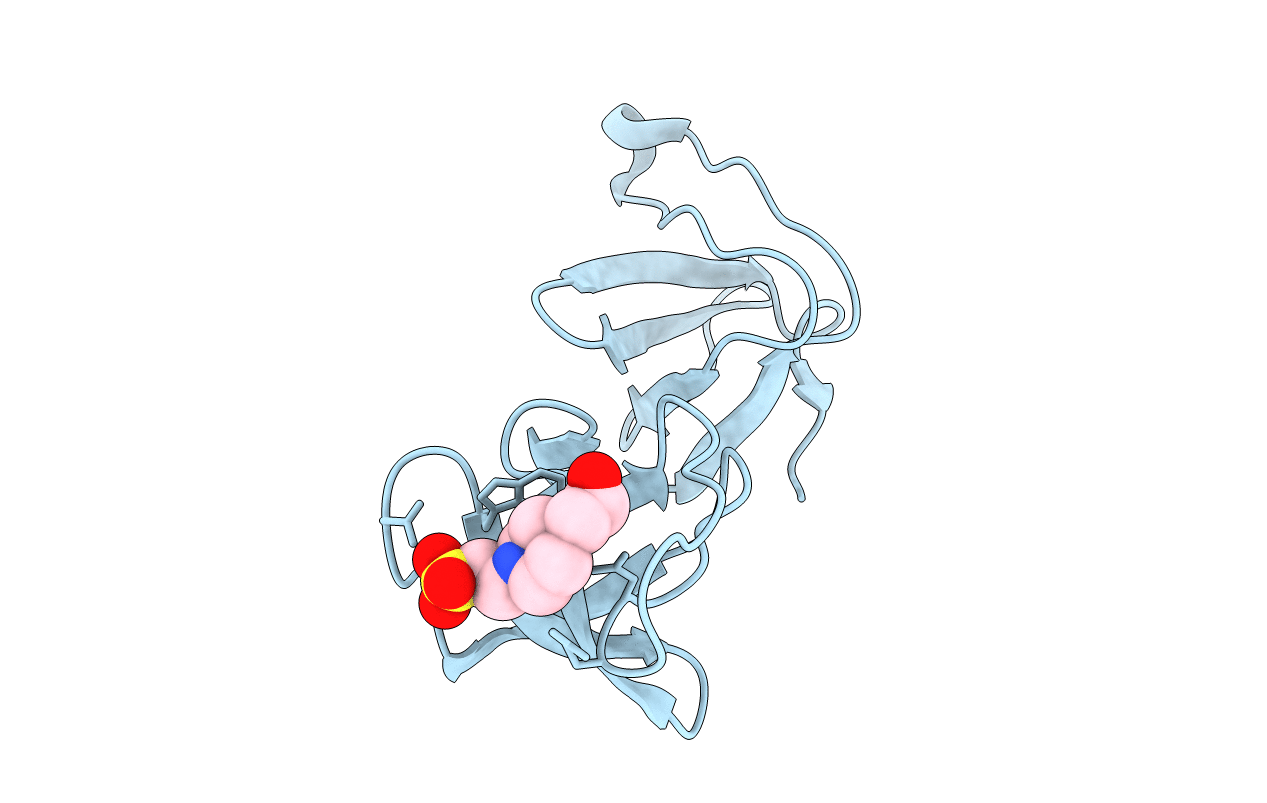
Deposition Date
2017-09-19
Release Date
2017-10-25
Last Version Date
2024-03-13
Entry Detail
PDB ID:
6B25
Keywords:
Title:
Crystal structure of human STAC1 Tandem SH3 Domains (288-402)
Biological Source:
Source Organism:
Homo sapiens (Taxon ID: 9606)
Host Organism:
Method Details:
Experimental Method:
Resolution:
2.39 Å
R-Value Free:
0.25
R-Value Work:
0.20
R-Value Observed:
0.20
Space Group:
P 21 21 21


